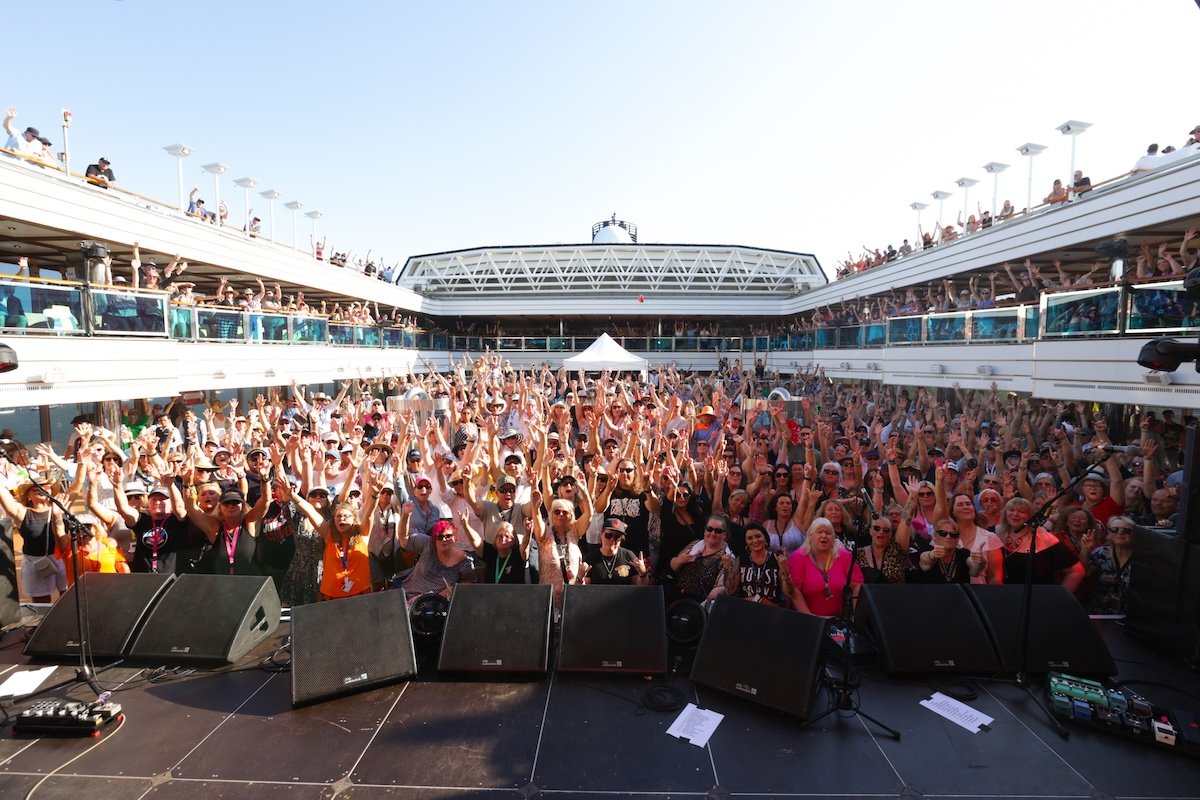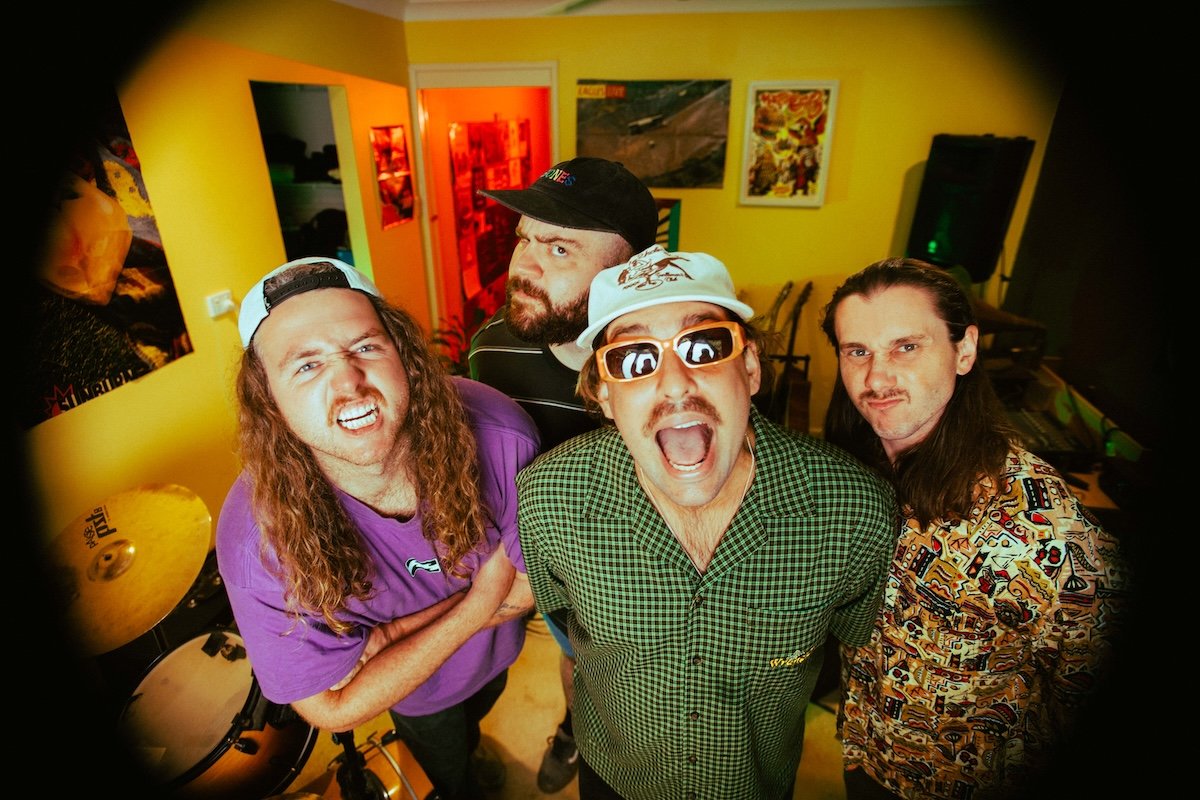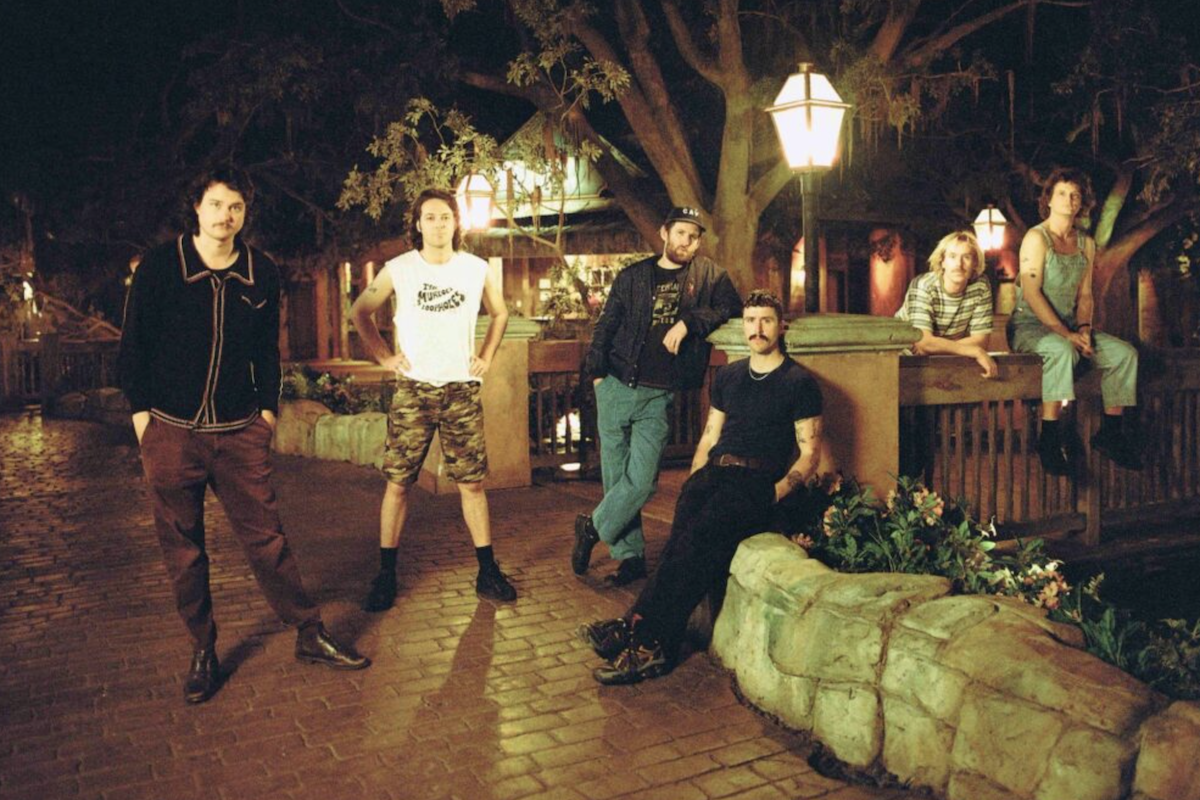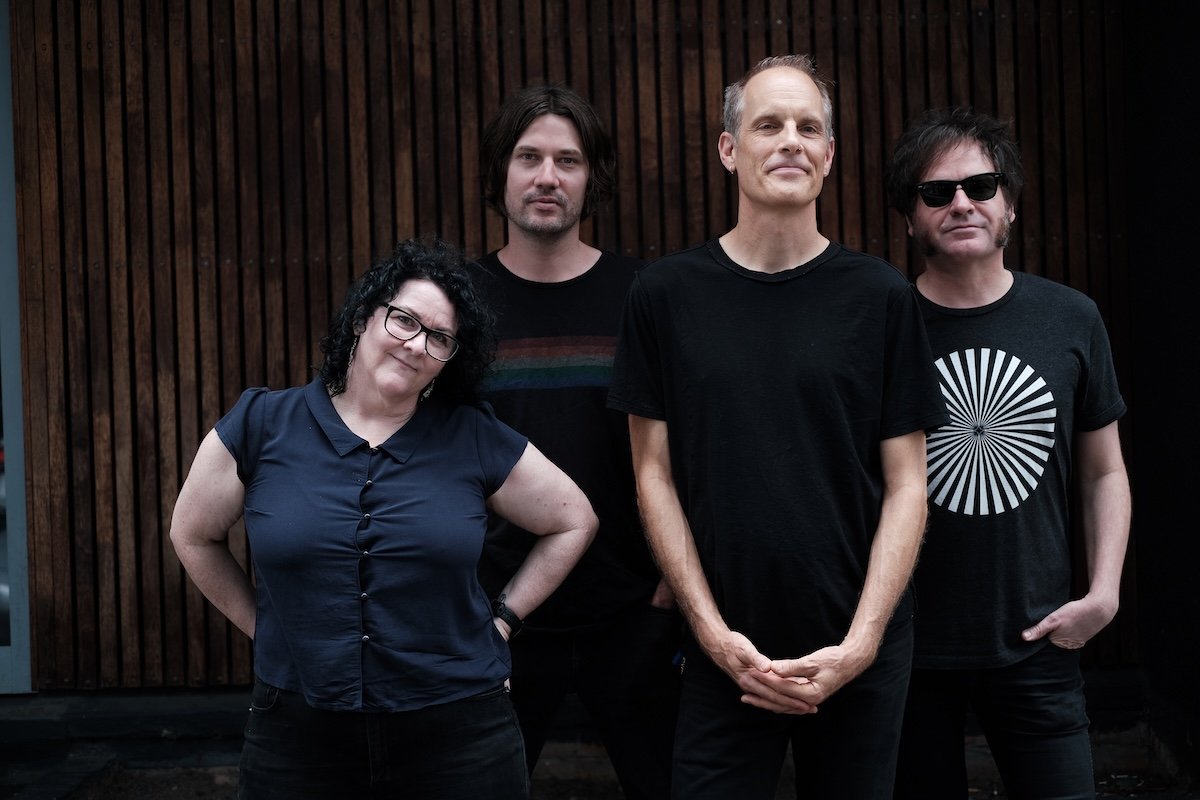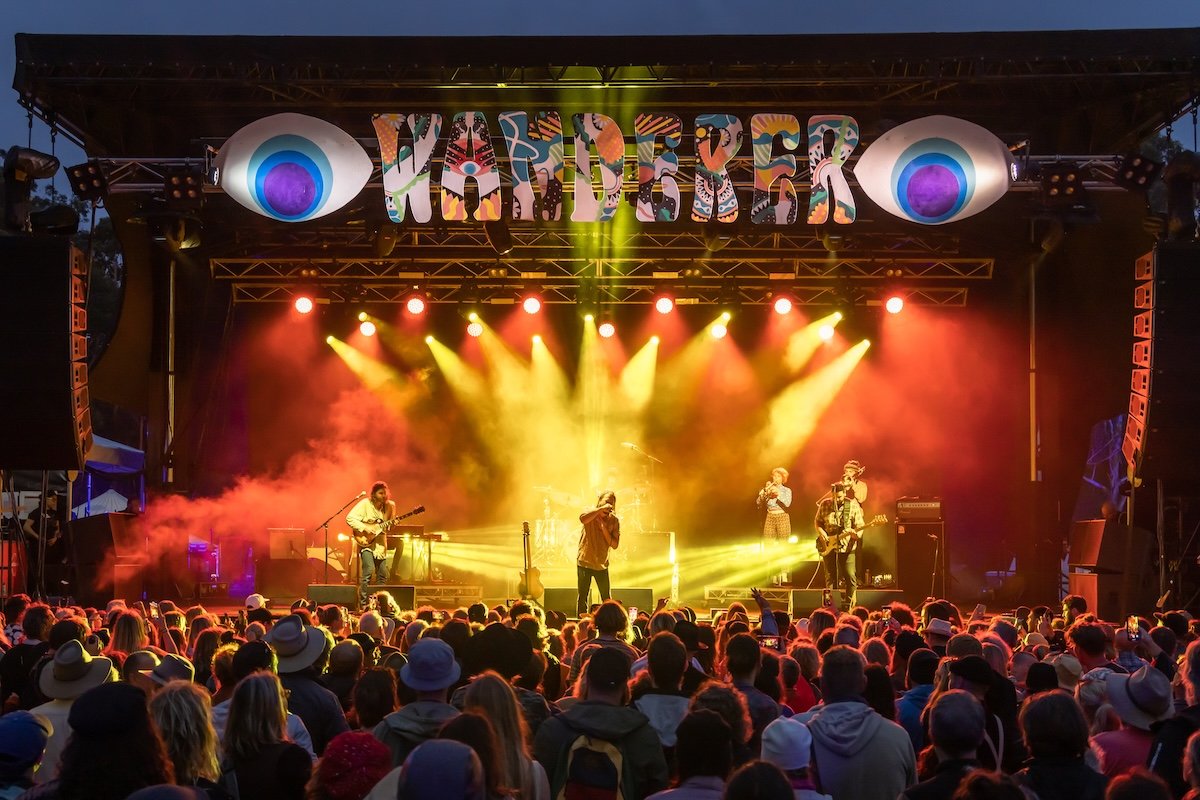A Soundcheck on SA’s Music Industry
The results from MusicSA’s first-ever survey on South Australia’s contemporary music industry are in! Here’s what we know…
In March, the not-for-profit advocacy body asked the local scene what’s happening in their world – how artists, managers, technicians and any individual who works under the music umbrella find the current pressures of the industry.
More than 350 South Aussies replied and the responses are illuminating! So, let’s get into the nitty-gritty of what’s up in the local ecosystem.
WHO IS PART OF SA’S MUSIC INDUSTRY?
In total, 360 people responded to MusicSA’s survey soundcheck on the local industry. Of those respondents, an overwhelming majority (75.5%) work as artists or musicians. Others work in sectors such as artist management (14.7%), festival curation and event logistics (14.2%), technical production (11.9%), venue owner/operator (9.7%) or educator (9.7%).
More than 80% of survey respondents lived in Greater Adelaide, while 12.5% lived in Adelaide’s CBD and only 7.2% were based in regional areas. The average age of those in the music ecosystem was also incredibly varied. In total, 13.3% of industry individuals are between 50-54 years old, closely followed by 25-29 (12.2%) and 30-34 (12.2%).
NEARLY HALF OF RESPONDENTS RELIED ON OTHER JOBS FOR INCOME
A huge proportion of survey respondents relied on other revenue streams to support their contribution to South Australia’s live music industry. In total, 48% stated that they derive all or part of their income from non-music professions. And while 75.5% of respondents said they are currently working as musicians/artists, less than 1% earned an income from streaming, music sales, merch or royalties. Rounding out this data, 24% of the survey population received all or part of their income from music and 4% earned revenue through education.
HOW DOES THE LOCAL ECOSYSTEM FEEL ABOUT THE INDUSTRY RIGHT NOW?
The participants of the MusicSA survey also did a great job of outlining a blueprint of the positives and issues felt by the industry right now. Over half (52%) of the respondents stated that the primary issue facing the contemporary music scene today is the increasing cost of business, inflation and cost of living. Second to that (46%) was decreasing audience numbers and decreasing revenue sales.
These feelings have echoed through the scene for quite some time. In October last year, the Independent Live Venues Alliance raised the alarm about the pressures grassroots venues were feeling in the wake of the pandemic. When we spoke with them, the collective highlighted how an uptick in major touring artists (think Taylor Swift and Billie Eilish) and festivals coupled with the increase in the cost of living has seen punters spend less time in local venues seeing grassroots gigs. You can read more about their viewpoint and industry suggestions here.
It’s also a similar sentiment felt nationwide, where we’ve lost some 1300 grassroots music venues – the place where emerging artists get to cut their teeth.
Further issues felt across South Australia’s contemporary scene included the lack of potential to generate cash flow/income (41%) and the lack of paid performance opportunities for local artists (35%). In total, 80% of the survey population said they believed the state of the music industry in SA is worse than before the pandemic.
WHAT ARE THE BARRIERS FOR AUDIENCES ATTENDING more LIVE MUSIC?
An ecosystem only works if there’s a feedback loop between venues, audiences and artists. MusicSA asked its survey population what they perceived as barriers for crowds to attend more live music in the state. For 51% of respondents, they cited a lack of familiarity with local artists as a cause for not actively seeking out local gigs. A further 40% noted the associated costs with live music – think transport, drinks, food and merch – as another inhibitor, as well as changing attitudes towards gig-going (30%).
Want to find ways to discover more local artists to help break down this barrier? That’s what we’re all about at The Note. But even we understand that everyone in the scene is feeling the pinch right now. In March, we published an opinion essay on why we all need live music and compiled some handy tips for gig-goers to save pennies when attending shows. You can read all our thoughts and ideas here. Each week, we also release a gig guide on our Instagram (as well as a comprehensive breakdown of shows on our website, where you can find free gigs or shows that cost as much as a cup of coffee) and highlight five new local tracks we think you’d love (and a regularly updated playlist here).
If you love live music and have a playlist pumping with local artists, don’t underestimate the power of your voice! Sharing is caring and if you show a couple of your mates some SA artists you love, you can help convert a couple more people to the music ecosystem.
WHERE CAN THE INDUSTRY GROW?
Of course, it’s not all doom and gloom, and there are some exciting opportunities for growth in the local industry. When asked, the survey respondents outlined some suggestions on how the scene, its advocacy bodies and the government could help turn the dial towards a blooming ecosystem.
Ideas included boosting the number of international and interstate tours that rolled through the state; finding ways to shift audience ticket buying patterns and develop gig culture; further industry development pathways via mentoring and programs; and greater education in schools or vocational courses about a music career. Additional areas highlighted were fair pay for artists, greater regional and rural inclusion and access, as well as equity in SA’s contemporary music industry.
MusicSA also asked its survey respondents how well they think the South Australian government is working to support the local industry. In total, 61.5% disagreed with the statement to varying degrees (17.5% strongly disagreed, 22% disagreed and 22% somewhat disagreed). A further 22.7% of respondents said they felt neutral and only 15.8 of the survey audience agreed with the statement to varying degrees (10.8% somewhat, 4.2% agreed, and 0.8% strongly agreed).
WHAT CAN MUSICSA DO?
The not-for-profit advocacy body also turned the lens back on itself to see where it could strengthen its services. Suggestions put forward by survey respondents include:
Advocate for more funding and investment for the contemporary music industry sector at local, state, and federal levels
Advocate for dedicated investment to unlock sustainable pathways, showcasing and export opportunities
Advocate for the importance of small-medium commercial and community venues, and local and community festivals, to the local live music ecosystem • Advocate for better music education pathways and opportunities
Advocate for fair pay for artists
Develop and support more artists and industry networking activity and engagement
More regional and remote engagement and activation, development and support
Activate more local and cross-border touring opportunities
Areas of the industry that individuals would like to learn more about include grant writing, digital marketing/PR, music festival/event planning, touring and showcasing. Approximately half of the survey respondents weren’t sure of previous initiatives developed by MusicSA and the report also stated that ‘many in the industry don’t understand the distinction between South Australian music organisations’ such as MusicSA, the Music Development Office and Adelaide City of Music Office.
Further, when asked about their participation in grants across the last 18 months, 50% of respondents said they had not applied to any. The remaining population had applied for approximately 180 grants during the same period, and only 29 of those were successful – approximately 16%
MusicSA regularly hosts workshops and soundchecks (a wellness update on the SA scene) for the local industry to participate in. You can stay up to date with those initiatives via their News page here. There’s also a portal for industry development in 2024, which outlines more workshops, events, grants and opportunities in the local scene. Check that out here.
NEXT STEPS
This survey sits hand-in-hand with another state-based survey commissioned by MusicSA on the economic impact of music in South Australia, the results of which will be available next month.
“The outcomes from the 2024 survey paint an uncomfortable picture about the health of contemporary music in South Australia,” says MusicSA’s CEO, Christine Schloithe. “While we have an extraordinary pool of talent and some very successful artists and businesses, local contemporary music is under-invested in and we see this in the lack of pathways, the lack of employment opportunities and sustainable careers, the decline in touring and live music, and in the business gaps that exist in our local ecosystem.”
“The survey results reinforce what we know are the current challenges and opportunities for contemporary music in South Australia. We also know that with the right policy settings and targeted industry development and investment in the right areas, this is an industry that achieves significant cultural, creative and economic outcomes for the state.”
While this is the first industry survey MusicSA has conducted, it hopes that its now-annual survey will become a benchmark of health for contemporary music in South Australia.You can read the entire report on the annual survey here.


